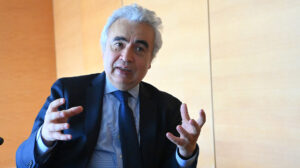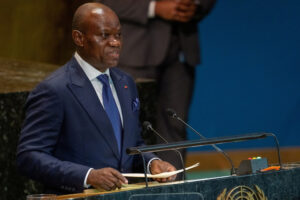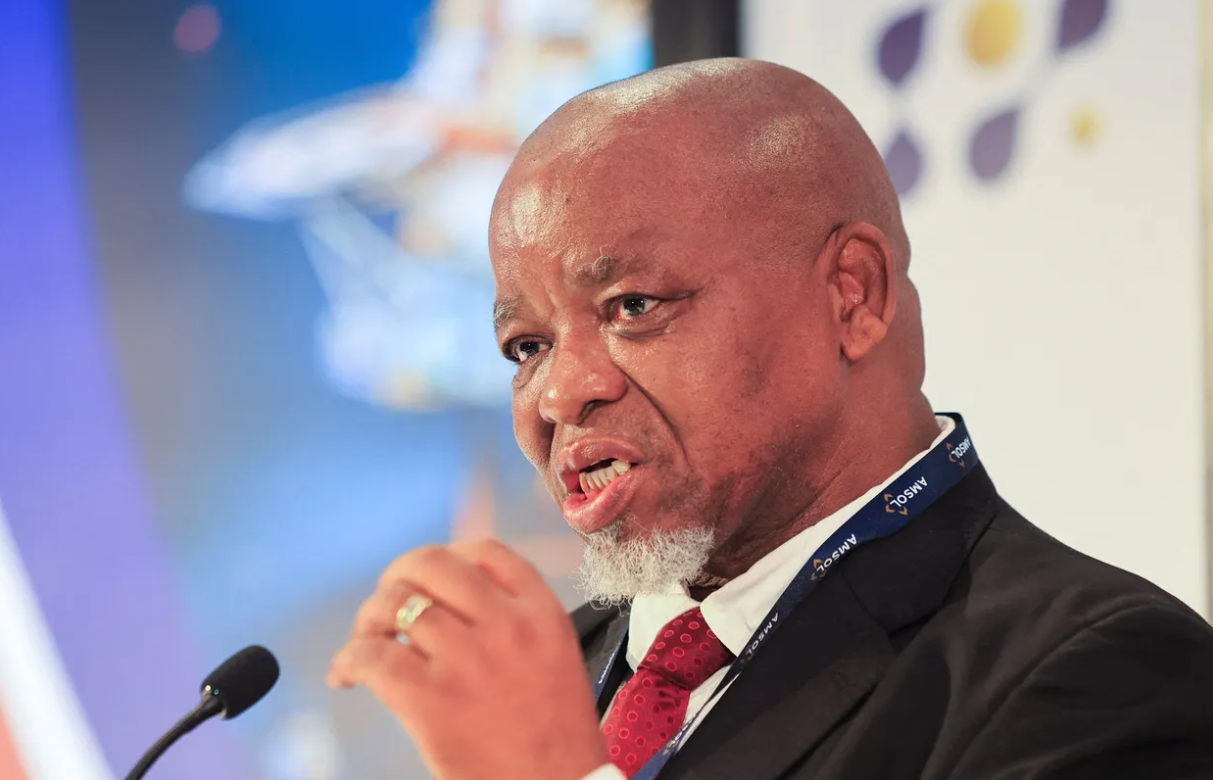While global investment in renewable energy has increased, a new Bloomberg report shows that half of the countries that pledged to phase out coal at the COP26 talks saw an increase in coal generation in 2021. The continued use of coal-fired energy has resulted in a 7% increase in sector emissions beginning in 2021.
More than 40 countries had made commitments to transform energy sources, eliminating their total reliance on coal, at the COP26 climate summit.
The agreement’s signatories also agreed to halt all new coal power generation investment, both domestically and internationally. They agreed to phase out coal power in major economies in the 2030s and in poorer countries in the 2040s.
The report notes China, India and the US led the spike in coal power production. These markets saw coal generation jump 9%, 16% and 14%, respectively 2020-2021. But then the US and China, world’s biggest coal-dependent countries, including China and the US, did not sign the COP26 climate pledge.
BloombergNEF states that the world recorded an unprecedented spike in coal generation in 2021 as countries turned to existing fleets of fossil-fuelled power plants to meet fast-growing power demand and keep the lights on amid droughts and higher natural gas prices. However, renewable technologies also had a banner year, both in terms of contributions to global generation and new capacity added.
Three factors contributed to the coal surge: rebounding top-line electricity demand thanks to economic recovery, lower hydro generation due to droughts around the world and higher natural gas prices.
Fossil fuels dominate Africa’s power matrix with natural gas accounting for 41% capacity installed, followed by coal with 22%. Renewables (including large hydro) have consistently grown over the decade and now account for 23% of the continent’s total capacity.
Solar jumped from just 0.3GW in 2012 to 14GW in 2021, while wind grew from 1.2GW to 8GW over the period. Africa’s total installed capacity is heavily concentrated in five countries, which are also home to five of the six highest electrification rates on the continent. South Africa, Egypt, Algeria, Nigeria and Morocco account for 69% of the region’s power matrix at 172GW. Solar has the potential to close Africa’s electrification rate gap as around three quarters of the Sub-Saharan Africa (SSA) population still lacks access to reliable electricity.
Whilst there has been significant investment in renewables and increased mothballing of coal power stations, developed nations could see coal retirements slow in 2022. As European nations have struggled with droughts and gas supply cuts from Russia, coal has become a short-term crutch to meet energy needs. As result, many nations have delayed coal phase-out plans and even restarted capacity that had been mothballed.












